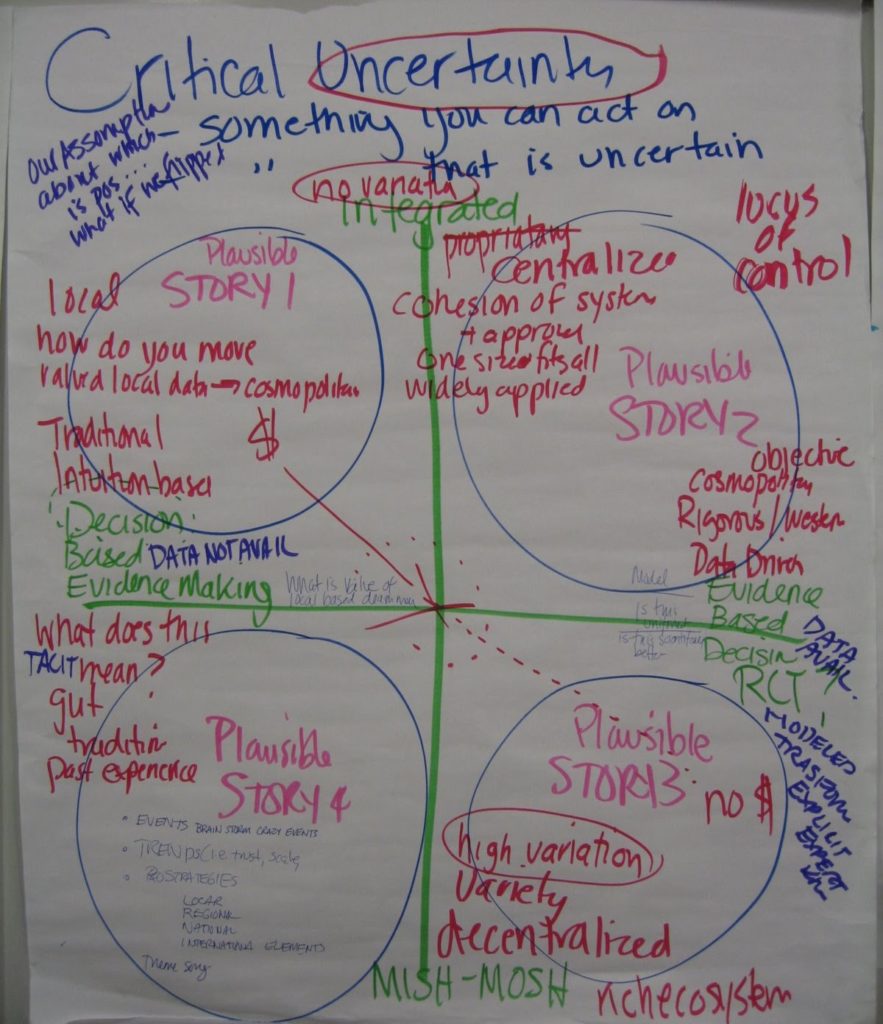From the draft archives, 2012. This post from Bob Sutton came out of his frustrations with an airline, and led him to consider factors of felt accountability. I loved rereading his post as it spoke to this time of strong individualism here in the US. Do we have any felt accountability? I’ve snipped in the four aspects of felt accountability, but go read the post!
Felt Accountability: Some Emerging Thoughts – Bob Sutton.
Authorship… That feeling that not only am I obligated to do the right thing, but that I am the person responsible for designing and making it as great as I can…
Mutual Obligation…David Novak, CEO of Yum! brands, argues that this should be the goal of a great leader, to create a place where it feels like you own it and it owns you. …there is palpable weight on people, they feel pressure to do the right thing even when no one is looking, as the old saying goes. And they pressure others to do so as well.
Indifference…Think of the average hair salon, where each stylist rents a chair. Or a group dental practice, where dentists share a common receptionist and a few services and little else. Some organizations are designed this way and can be quite effective. The mutual dependence is weak, it is a “we don’t do much for you, so you don’t have to do much for us” situation.
Mutual Contempt… everyone seems to despise everyone else. I hope I am wrong about this, but the awful stories rolled in from so many sources that it seems as if all the years of cost-cutting, all the battles with unions, all the management changes, all the stress that customers have endured over the years have conspired to bring the organization — at least most it — to this dark place.



